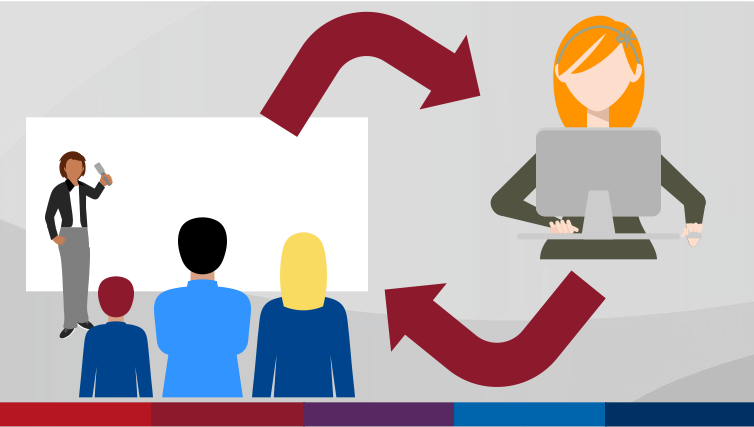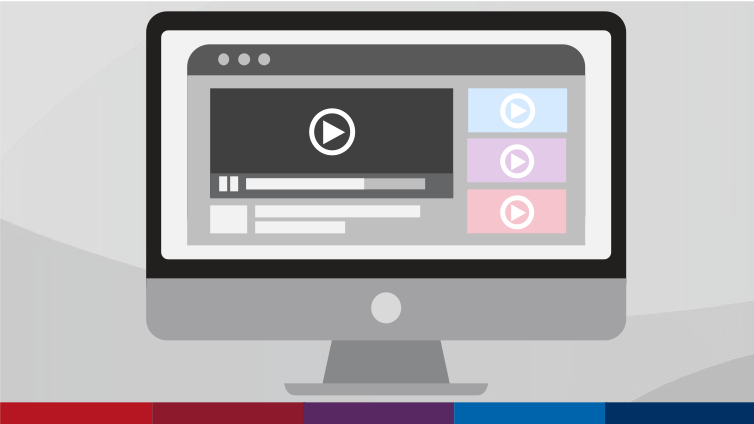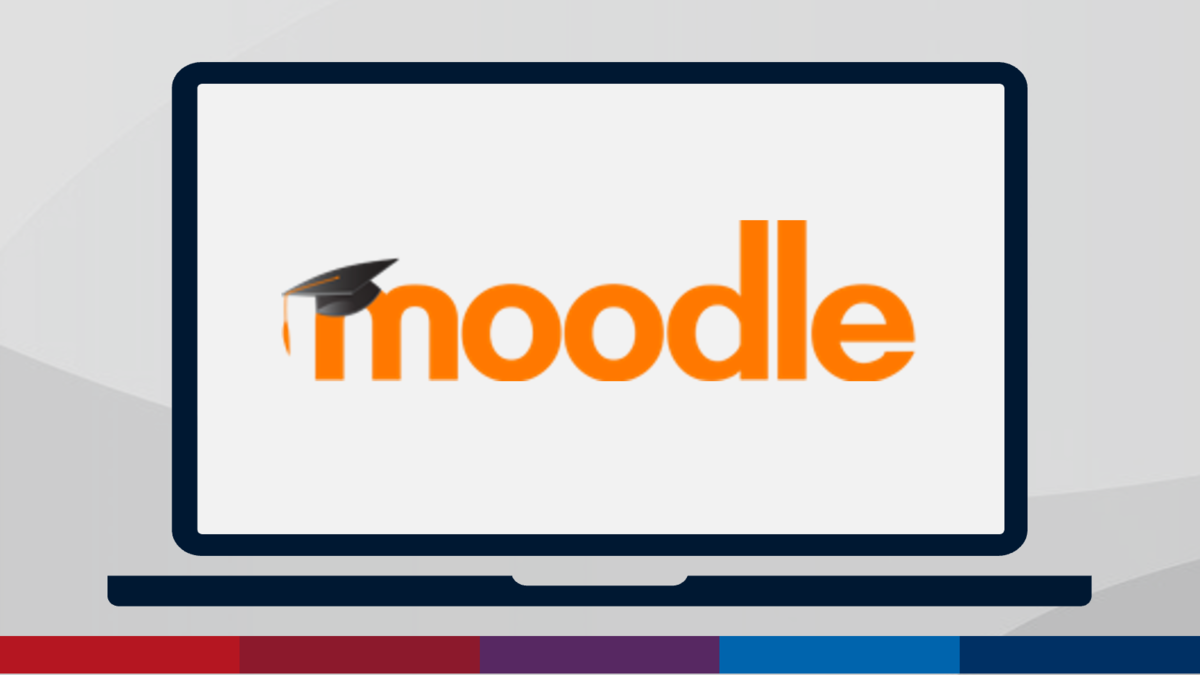Inverted Classroom
Reversal of Frontal Teaching: Acquiring and applying knowledge

The didactic concept of the inverted classroom (also called flipped classroom) stands for a reversal of traditional frontal teaching. Here, the teaching and acquisition of learning content takes place asynchronously and usually digitally in self-study (e.g. through videos, e-books or through the exchange of course participants in online communities) prior to an in-person class. The in-person phases and synchronous course meetings are then used to apply and consolidate what has been learned.
The flipped teaching approach is often combined with the blended learning concept.
Advantages
All participants can learn at their own accord and ownpace
Promotes self-organisation skills
More time for solving problems and more practical work in the seminar or lecture
Increased interaction with fellow students during synchronous classes
Social media components in the Moodle course ensure more casual interactions
Games, quizzes & tasks in the Moodle course create playful learning (gamification)
Fast communication & quick personal feedback possible via Moodle
Reusability of the teaching videos and the Moodle course (sustainable)
Disadvantages & challenges
Self-responsibility for the learning process not every student will complete the assignments
Less interaction possibilities during knowledge acquisition via Moodle course and teaching videos
Important: face-to-face exchange with fellow students (social component)
Role of the physical lecture hall as a learning space
Training required for using the digital learning platform Moodle
Time required to create the accompanying Moodle course and learning materials (e.g. teaching videos)






